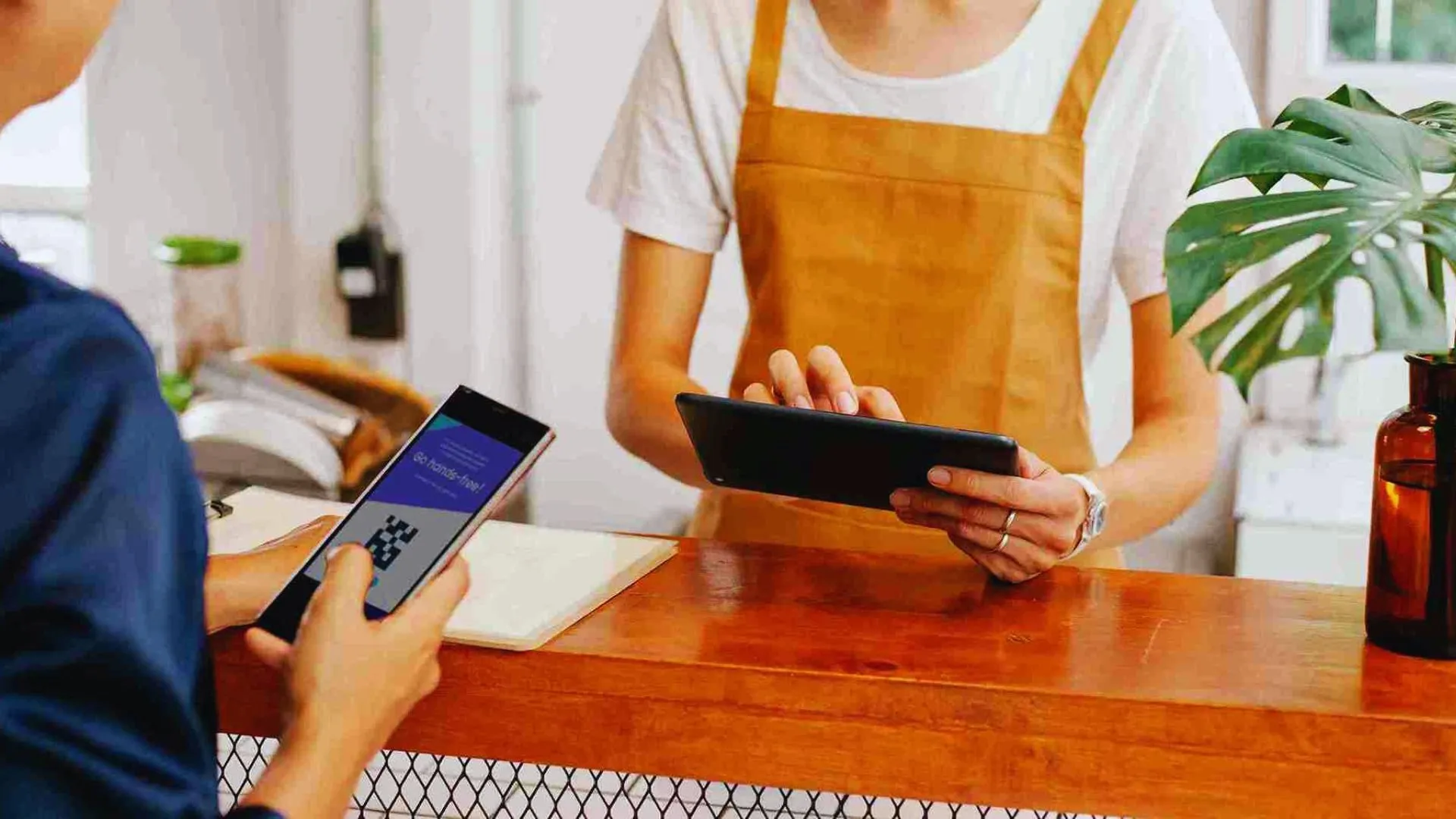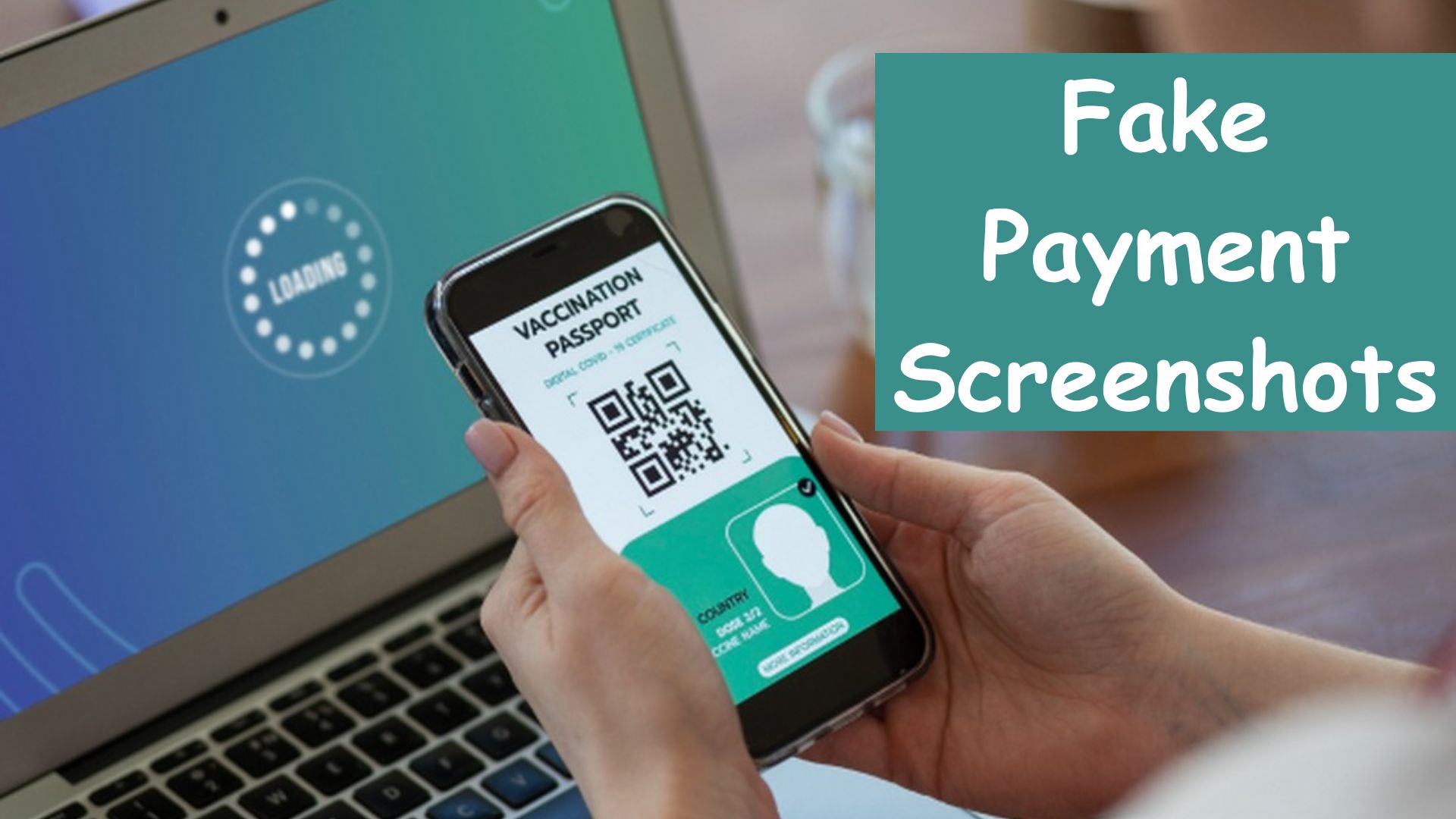How To Prevent Fake Payment Screenshots?

Have you heard about fake payment screenshot fraud recently? Whether your answer is yes or no, you must prevent yourself from becoming a victim of this fraud.
As the use of digital payments and online transactions increases daily, this new type of fraud has become apparent. False screenshots like this are frequently used to trick people and companies into thinking that money has been transferred when nobody has.
This article will show you how to avoid fake payment screenshots and safeguard your company or yourself from falling for this fraud. However, online payment solves significant problems, including money management and trailing.
Additionally, if you want to know about the Best Refer and Earn UPI Apps, you can go through our dedicated article on the same.

Table of Contents
What Is A Fake Payment Screenshot?
A fake payment screenshot is a digitally manipulated or fabricated image that looks like a real transaction confirmation from a payment platform, such as Google Pay, Paytm, Pay, or a bank transfer. Fraudsters often create these screenshots to trick people or businesses into believing that a payment has been successfully made, even though no money was transferred. Given the "proof" of payment, the seller can opt to supply the products or services even when they haven't been paid yet. Sadly, the popularity of these frauds is only growing. Fortunately, the genuine issue of confirming your digital payments can be solved in a few different ways.
How To Identify And Avod Fake Payment Screenshots?
It takes careful attention to detail and understanding of what to look for in a real transaction to identify fraudulent payment screenshots. The following methods will assist you in confirming the legitimacy of a payment:
- Check The Transaction ID: Each transaction ID is unique to a particular Unified Payments Interface (UPI). To verify the validity of a payment, you must cross-reference this transaction ID with your bank statement or UPI app. If the transaction ID is not present or does not match, the payment is most likely fraudulent.
- Verify the timestamp here: An exact timestamp is a feature of a legitimate UPI transaction. Often, fraudsters have problems with the timestamps when creating fake screenshots. To ensure the timestamps match, compare your snapshot with the real transaction time.
- Check for Sender's Details: Genuine UPI payment details contain particular sender data, including a UPI ID or bank account information. Check these facts against information that is understood or anticipated. These differences are clear signs that the screenshot is fraudulent.
- Check the Amount of Payment: Even if no payment has been made, fraudsters may change the amount to reflect the agreed-upon amount. Verify that the quantities match by comparing this with your records.
- Use Secure Platforms: Secure platforms increase defenses against fraudulent activity. They guarantee that all payments are correctly recorded, making spotting and avoiding fraudulent payment confirmations simpler.
How Do Fraudsters Use Fake Screenshots?
The following are some situations in which you should use extreme caution:
- Merchants that operate offline: Local vendors and offline retailers are frequently too busy running their businesses to verify if the transaction has been verified. Therefore, it is quite simple to carry out such a scam in these situations.
- Internet-Based Companies: Nowadays, many small companies have gone online, using platforms like Facebook and Instagram. Fraudsters can place an order and use a fake screenshot of their payment as evidence. These tiny enterprises typically supply the product immediately to satisfy their clients and boost their earnings. They could only discover later that a fake payment screenshot had duped them.
- Cash to money: Scammers can sometimes contact nearby companies and request cash in return for an online payment. This might occur in several circumstances, including an emergency or an urgent demand for money to cover the cost of the cab trip. Once the money is transferred, the scammer could produce a fake screenshot of the payment and steal your hard-earned cash.
- Fake money transfer: This is another kind of fake payment screenshot scam in which a stranger messages you on WhatsApp and requests that you return the money they accidentally gave you. They will even email you a screenshot of a fake payment demonstrating the same thing. Furthermore, they can pressure you into sending them money by threatening to take legal action if you refuse to pay them back. Keep it out of the mail at all costs.
Steps To Stay Away From Fake Payment Screenshots
Here are some steps you can take to make sure you don't fall victim to these types of malpractices:
- Never forget to verify whether the transaction has been completed using a UPI app. If the payment was made using a UPI ID, you can check each completed transaction using the UPI app.
- Customers may show you screenshots but don't believe them. Instead, check for a notice on your smartphone. Your bank will always notify you via email and SMS when you make a UPI transaction.
- Another option is to sign up for a smart speaker that will sound a little notification each time you get money in your account.
Remember that screenshots of payment fraud have gained popularity. However, you can always be secure by adhering to the aforementioned procedures.
Final Words
In the internet era, fake payment screenshots are becoming a bigger problem. However, you may safeguard your company and yourself from falling for such fake screenshot fraud by being alert and using the appropriate tactics. Simple steps like adopting secure platforms, training your staff, and immediately validating payments with your bank or payment gateway will greatly lower the likelihood of being duped. It's important to keep up with the latest changes in payment fraud to avoid falling for scammers. Awareness and prevention are your strongest defences. Further, if you find our article helpful, make sure to share it with everyone.
Frequently Asked Questions
A. Remember to hide your transaction and provide a screenshot of just the pertinent information (required). Send this solely via formal mail to reputable and trustworthy companies.
Q. How do you spot a fake proof of payment?
A. Examine the provided proof of payment for any indications that it may be fake, such as misspellings, improperly aligned text, a variety of typefaces, typos, and potential modifications to the banking information.
Q. Can UPI transaction ID be tracked?
A. Once you complete a transaction, the UPI app will produce a unique number, which you may use to keep track of your purchases. This 12-digit UPI reference ID is a distinct number.
 Advertise with Us
Advertise with Us 100% Cashback
100% Cashback


0 Comments
Login to Post Comment